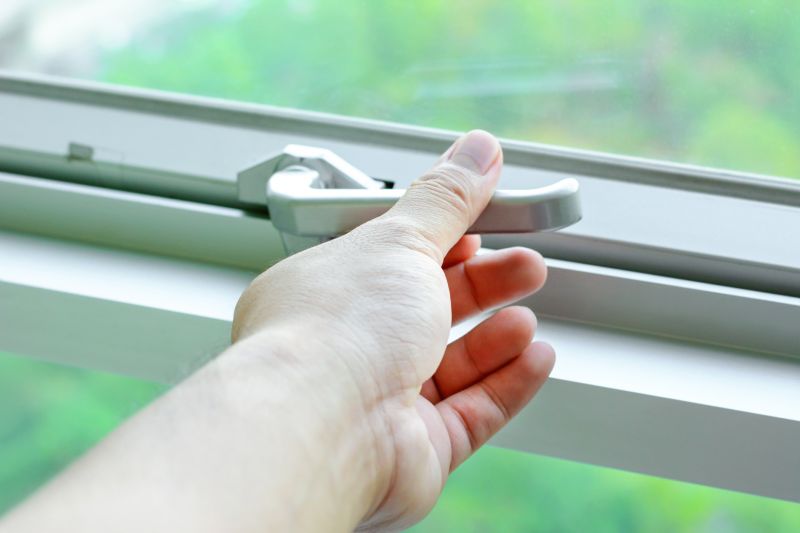Optimal Timing for Windows Installations
Understanding the optimal time for Windows installations can enhance system performance and reduce downtime. Proper timing considers factors such as seasonal workload fluctuations, hardware availability, and software update cycles. Selecting the right period ensures minimal disruption and maximizes efficiency.
Spring and fall are often ideal for Windows installations due to moderate weather and lower business activity, allowing for smoother transitions.
Early mornings or late evenings are recommended to minimize impact on daily operations and user productivity.
Midweek days like Tuesday through Thursday typically offer the best window, avoiding weekend or Monday rushes.
Scheduling during periods of hardware stock replenishment can prevent delays caused by equipment shortages.

Technicians performing a Windows installation on a server

Calendar with marked optimal installation dates

IT professional preparing hardware for Windows setup

Screen showing software compatibility testing

Backup process before Windows installation

Training session for staff post-installation

IT technician testing system after Windows setup

Support team providing post-installation assistance

Upgrading hardware components for better performance
| Timing Consideration | Details |
|---|---|
| Seasonal Timing | Spring and fall are preferred for moderate weather and lower activity levels. |
| Time of Day | Early mornings or late evenings reduce operational impact. |
| Weekday Selection | Midweek days like Tuesday through Thursday are optimal. |
| Hardware Availability | Schedule during hardware stock replenishment periods. |
| Software Update Cycles | Align installations with major update releases for compatibility. |
| Business Activity Levels | Avoid peak business periods to minimize disruption. |
| Staff Availability | Coordinate with staff schedules to ensure support. |
| System Backup Timing | Perform backups prior to installation during low-traffic times. |
Proper timing for Windows installations involves careful planning to ensure minimal disruption and maximum system efficiency. By considering seasonal trends, daily schedules, and hardware readiness, organizations can optimize their upgrade processes. Regularly reviewing update cycles and hardware stock levels contributes to smoother transitions and reduces delays.

Technicians installing Windows on a workstation

IT team discussing installation schedules

Preparing hardware components for installation

Reviewing system performance after setup
Interested in scheduling a Windows installation? Filling out the contact form can facilitate planning and ensure the process aligns with operational needs. Proper timing and preparation can lead to a seamless upgrade experience.


